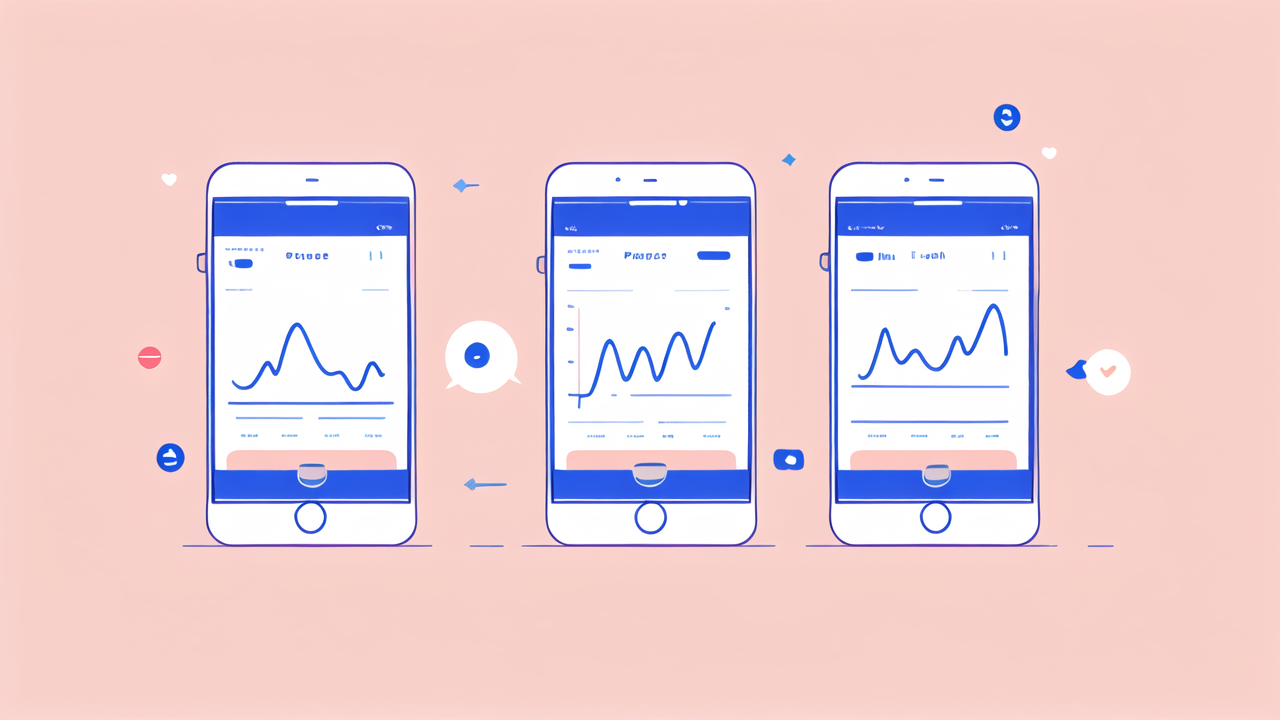Understanding the Activity Tracker Market
The Evolution of Wearable Technology in the United States
Wearable tech has come a long way in the US. It started with simple pedometers. Now, we have smart watches and fitness bands. These devices track steps, heart rate, and more. The market has grown fast. Many brands offer different features. Users can now choose based on their needs. Health tracking is a key focus. Devices now monitor sleep and stress levels too. The tech keeps improving. Newer models offer longer battery life and better accuracy. This evolution has made activity trackers more useful and popular.

Comparing Smart Watches and Traditional Wearables Features
Smart watches and traditional wearables have unique features. Smart watches offer more functions. They can show messages, make calls, and run apps. Traditional wearables focus on fitness tracking. They often have longer battery life. Smart watches usually have touch screens. Traditional wearables may have button controls. Both types can track steps, calories, and sleep. Smart watches often have GPS and music storage. Traditional wearables may be more water-resistant. The choice depends on what features matter most to you.
Market Trends: The Rise of Health-Conscious Wearables
Health features are becoming more important in wearables. Many new devices focus on wellness. They can track blood oxygen levels and stress. Some even offer ECG readings. Users want more health data. This trend is driving innovation. Companies are adding new sensors and features. Mental health tracking is also growing. Some wearables now offer meditation guides. The market is moving towards more comprehensive health monitoring. This shift is making wearables more valuable for overall wellness.
Key Considerations for Activity Tracker Users
Lifestyle and Fitness Goals: Tailoring Your Wearable Choice
Choosing the right wearable depends on your lifestyle. If you're a runner, GPS might be crucial. For swimmers, water resistance is key. Gym-goers might want strength training features. Consider your fitness goals. Do you need detailed workout stats? Or just basic step counting? Some people want 24/7 heart rate monitoring. Others prefer longer battery life. Think about your daily routine. A smartwatch might be best if you need to stay connected. A simple fitness band could work for focused exercise tracking.

The Importance of Ease of Use and Comfort
Comfort is crucial for wearables. You'll likely wear it all day. Look for lightweight designs. Adjustable straps help with fit. Some people prefer wider screens. Others like slimmer bands. Consider the controls. Touch screens are common on smart watches. Button controls might be easier during workouts. Check the app interface too. It should be user-friendly. Easy data syncing is important. The device should be simple to set up and use daily. Comfort ensures you'll keep using your tracker long-term.
How Activity Trackers Connect with Other Technology and Services
Connectivity is a key feature of modern trackers. Most sync with smartphone apps. This allows easy data viewing and analysis. Many integrate with other fitness apps. You can often share data with friends or coaches. Some connect to smart home devices. They might control lights or thermostats. Music control is common in smart watches. GPS-enabled devices can map your routes. Some offer contactless payments. Check if the tracker works with your phone's OS. Look for compatibility with services you already use.
Expert Recommendations on Activity Trackers
Evaluating the Top Smart Watches and Traditional Wearables
Experts often recommend a few top devices. For smart watches, Apple Watch and Samsung Galaxy Watch lead. They offer comprehensive features and good build quality. Fitbit Versa and Garmin Venu are also highly rated. In traditional wearables, Fitbit Charge and Garmin Vivosmart are popular. They balance features and simplicity well. For runners, Garmin Forerunner series is often praised. Budget-friendly options include Xiaomi Mi Band and Amazfit Bip. Each has strengths for different users. Consider battery life, accuracy, and app quality in reviews.

Integrating Activity Trackers into Daily Life: Real-world Applications
Activity trackers can greatly impact daily life. They motivate users to move more. Step goals encourage walking. Sleep tracking can improve rest habits. Heart rate monitoring helps manage stress. Some use trackers for medication reminders. Others for staying hydrated. In workplaces, they can promote employee wellness. Schools use them in physical education. Trackers help in weight management too. They can guide better food choices. Some people use them to improve productivity. Reminders to stand or breathe can boost well-being. The key is finding ways that work for your lifestyle.
Future Predictions: What's Next for Activity Tracking Devices?
The future of activity trackers looks exciting. We might see more health-focused features. Blood pressure monitoring could become common. Glucose tracking without needles is a possibility. AI might provide more personalized insights. Battery life will likely improve. Devices may get smaller and more comfortable. We could see more integration with telehealth services. Virtual reality workouts might connect to trackers. Environmental sensors could track air quality. Stress prediction and management may advance. The line between medical and consumer devices might blur. Overall, trackers will likely become more essential for health management.




Leave a comment
This site is protected by hCaptcha and the hCaptcha Privacy Policy and Terms of Service apply.